Silverstone doesn't have a monopoly on great British Grand Prix moments, because the big race has also been hosted by Aintree, Brands Hatch and Brooklands. However, it's uncanny how often the former military airfield in the Northamptonshire countryside throws up the dramatic moments that end up defining a season.
Ahead of Sunday's event, here is our pick of 10 significant occurences from the 48 events held at Silverstone. Let us know your favourite memories of the much-changed circuit in the comments below (and if you're old enough to say 'I was there' when Villoresi fought Ascari in 1948, we'll be impressed).
10 - Luigi Villoresi versus Alberto Ascari, 1948
This is where it all started, pre-dating the inception of the Formula 1 World Championship by two years. Silverstone looked much different in those days, and made good use of the perimeter roads and runways of the former airfield. The start/finish line was situated before Woodcote corner, while Copse and Stowe corners were much tighter than their modern equivalents.
The race was dominated by the works Maserati 4CLTs of Luigi Villoresi and Alberto Ascari, with the pair starting from the back of the grid after getting delayed on their way to the circuit for qualifying. The two Italians swapped the lead back and forth, before Ascari lost a chunk of time in the pits. Villoresi suffered his own setback when his car’s tachometer fell off and wedged under the clutch pedal, but he won the 65-lap race by 14 seconds.
9 - John Surtees makes an impression, 1960
Sir Jack Brabham won this one at a canter. The reigning world champion qualified on pole position in his Cooper-Climax and cruised to victory after Graham Hill – who’d stalled at the start but charged through to the lead – spun off near the end. John Surtees, who was still combining bike and car racing, caused a stir, however.
The 26-year-old made his Formula 1 debut at the Monaco Grand Prix, qualifying 15th and retiring with transmission issues after 17 laps of the race. Silverstone was his second F1 start and he put his Lotus-Climax 11th on the grid and charged through to second place by the end, confirming his prowess on four wheels as well as two.
8 - Mansell zings in the rain, 1988
British fans didn’t have much to cheer about in 1988 because the trailblazing Williams-Honda had come to an end the previous year. The Oxfordshire team was without a top-line engine partner, and instead made use of naturally aspirated Judd 3.5-litre V8 units. Even armed with a trick reactive suspension system, the Williams-Judd FW12 wasn’t a match for the turbocharged McLaren-Honda MP4/4, but nobody told Nigel Mansell.

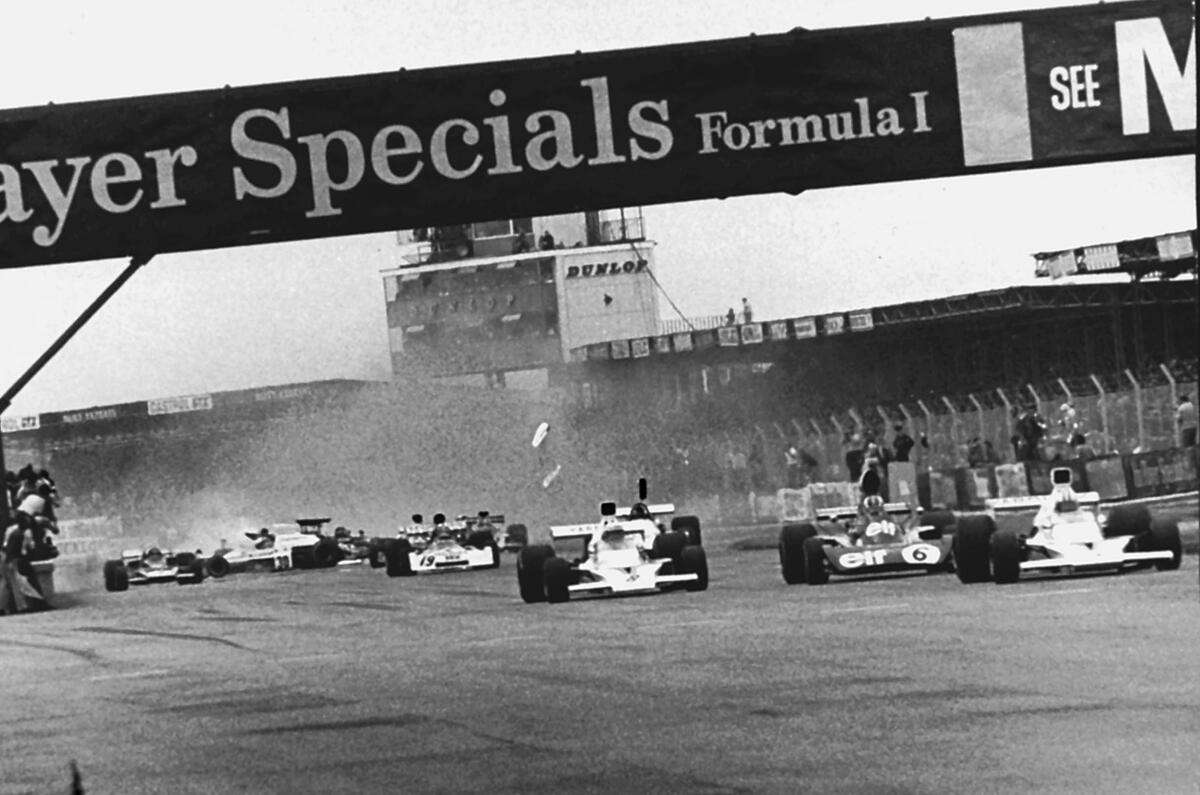



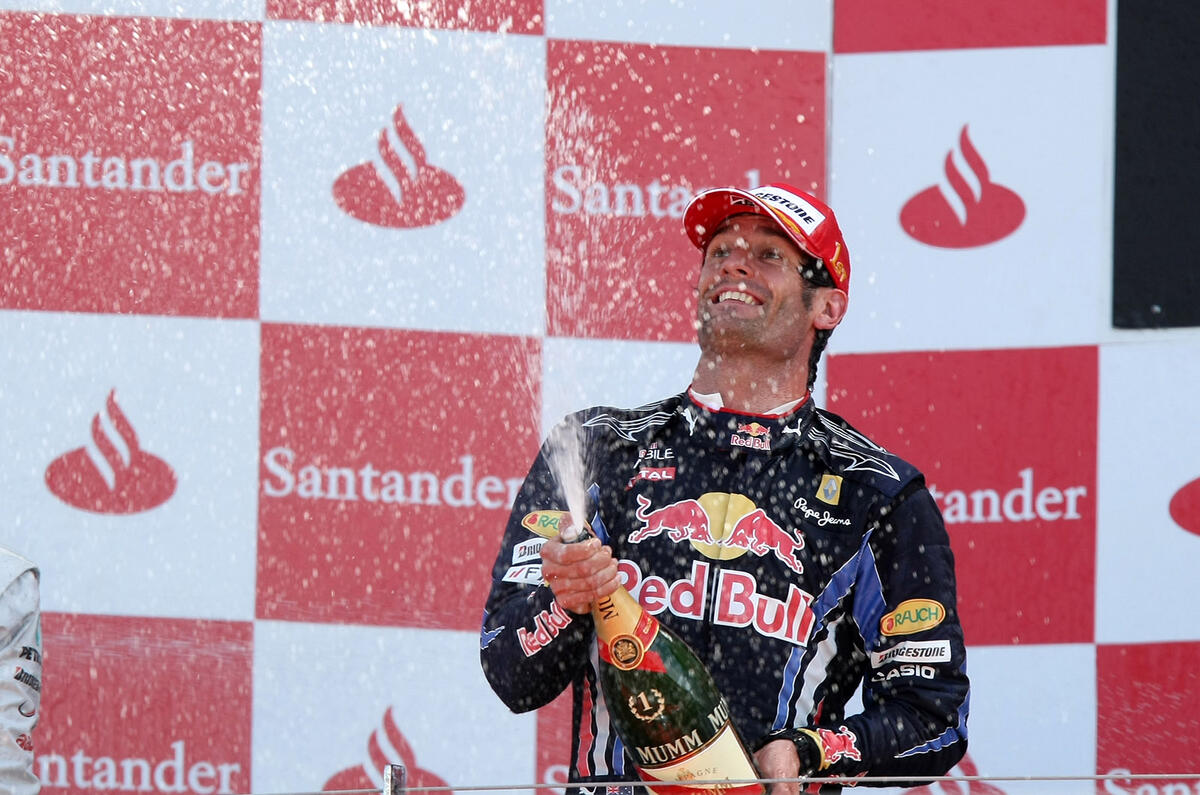
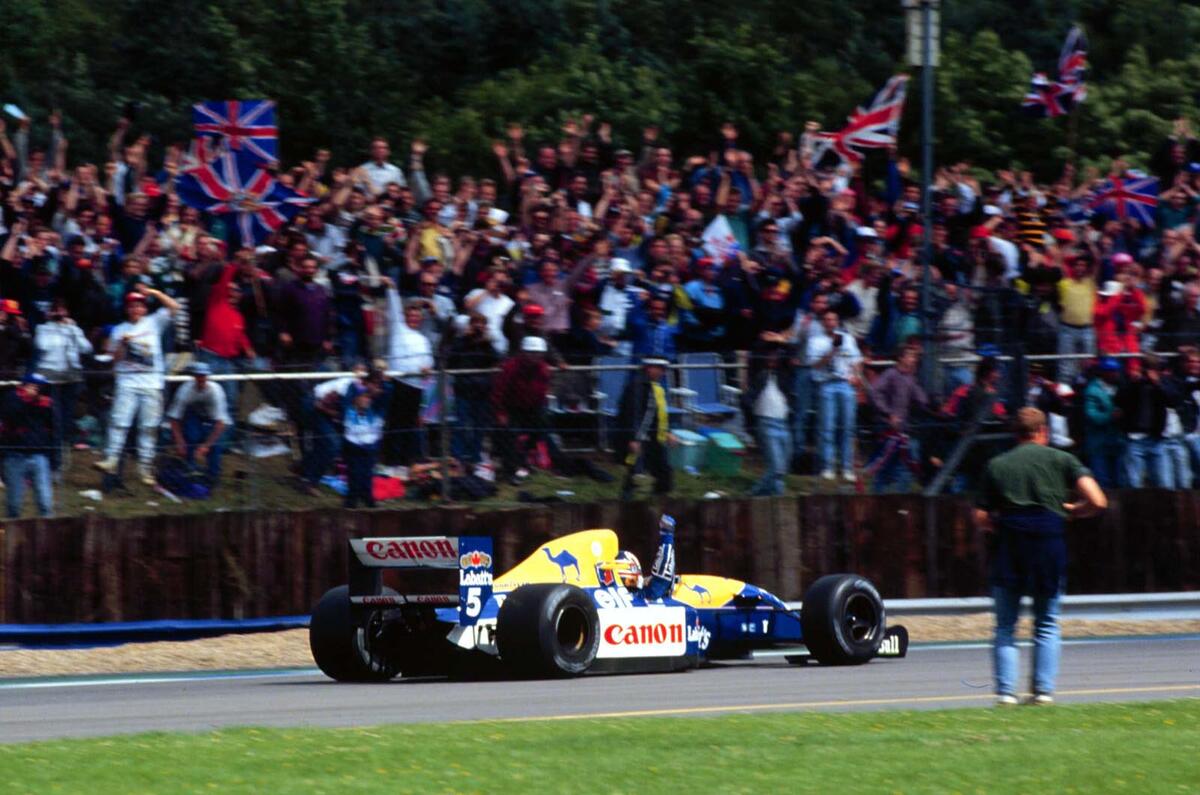
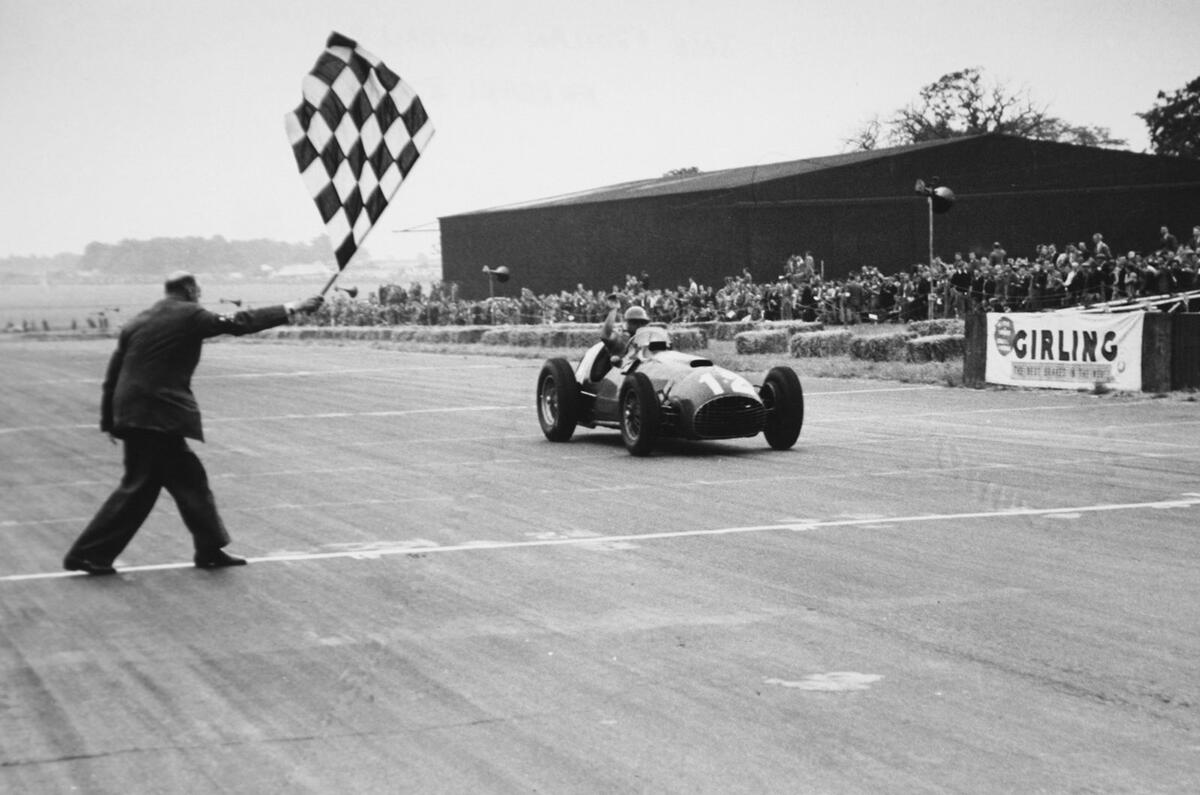
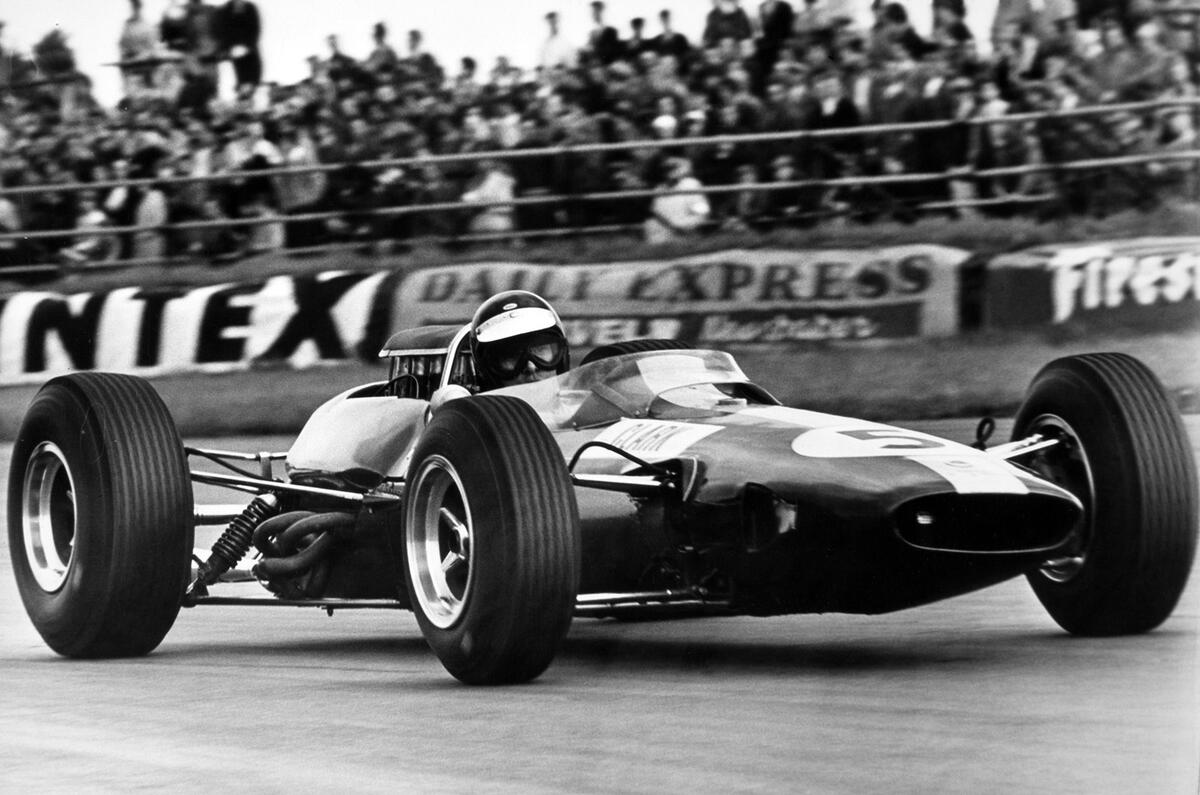
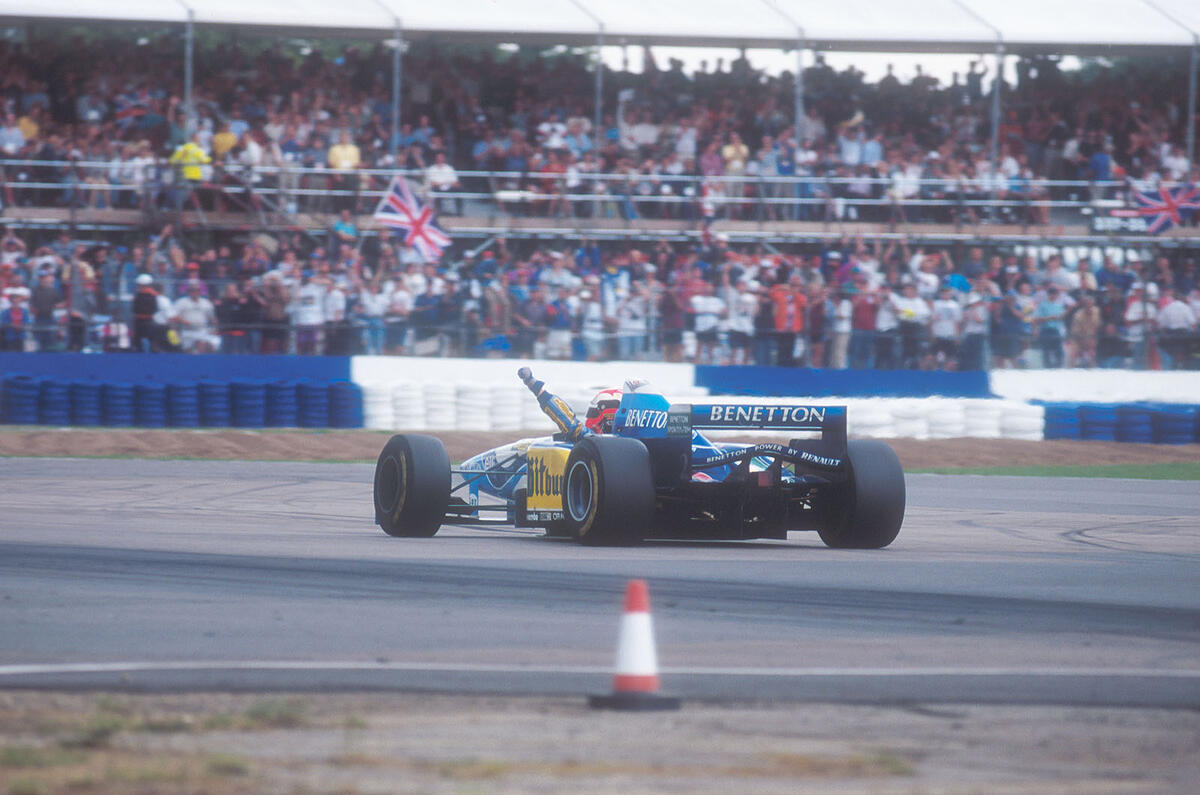
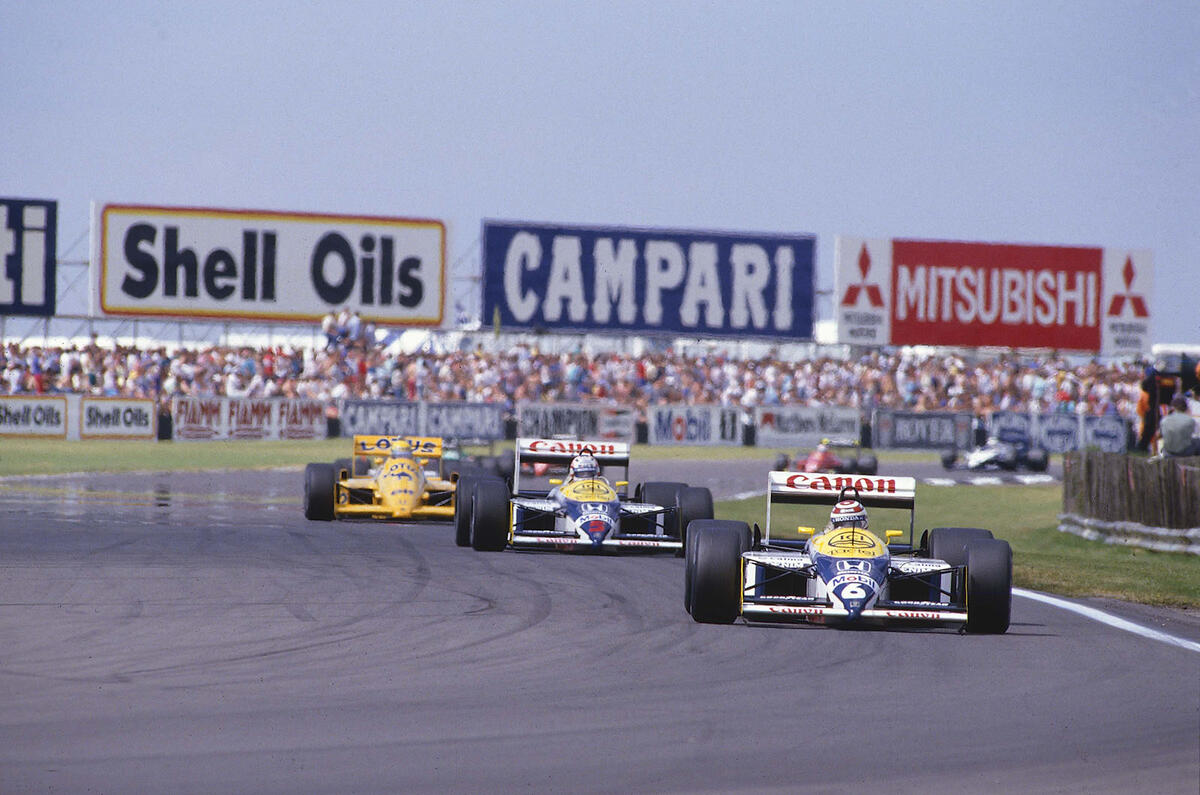
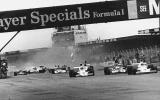
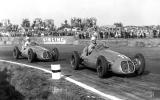
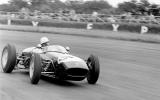


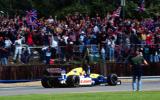
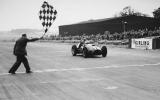
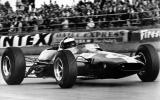
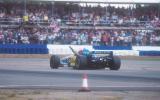
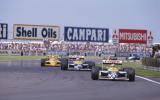


Add your comment